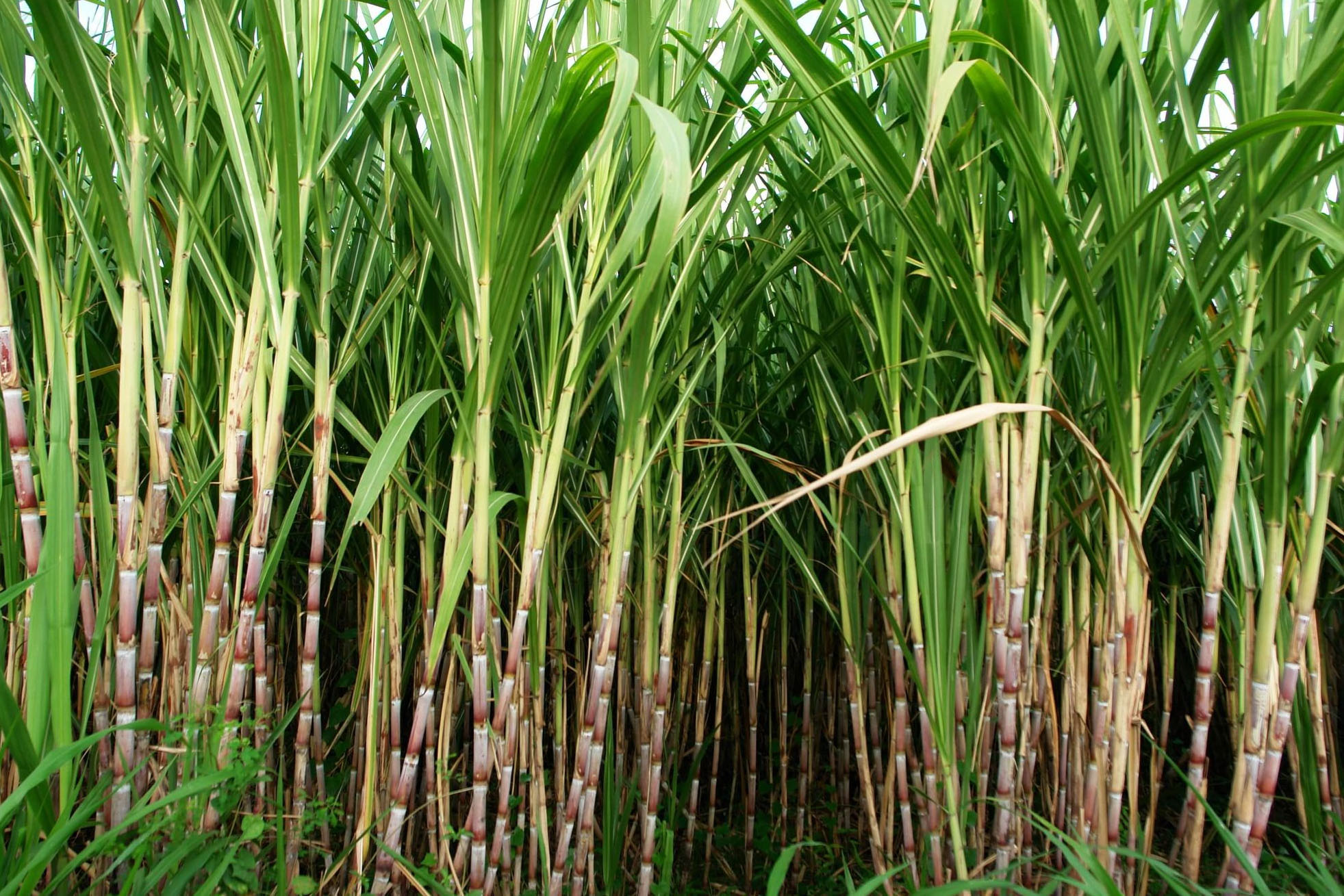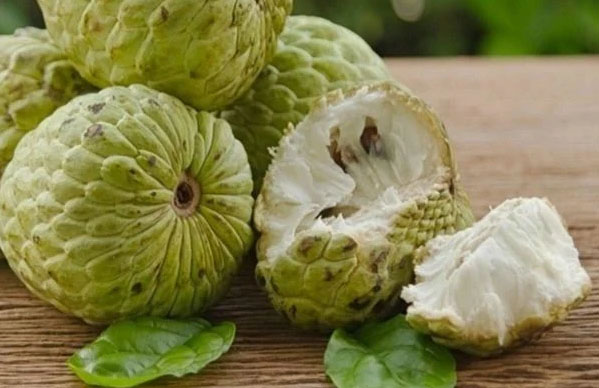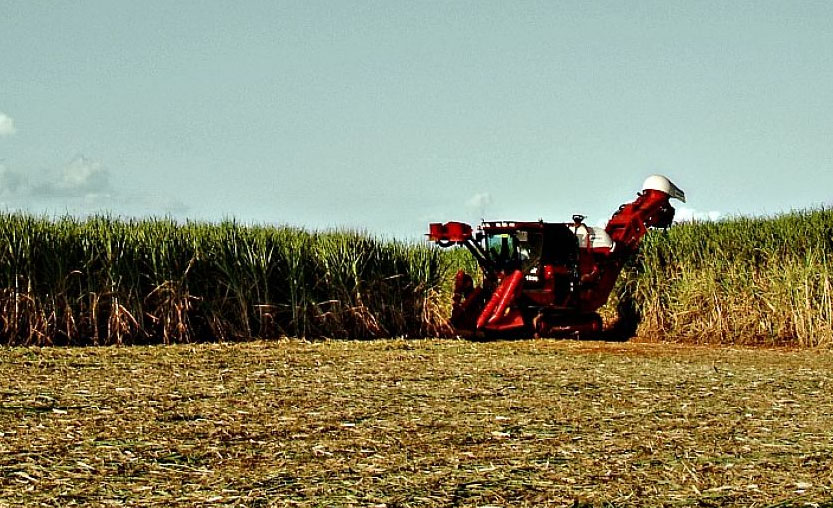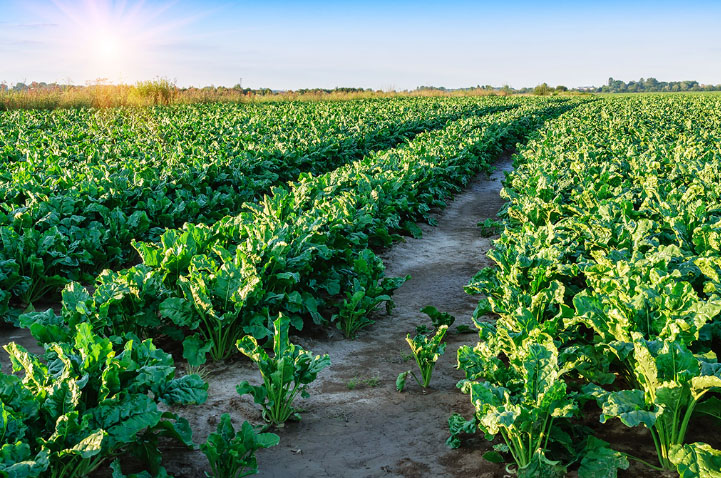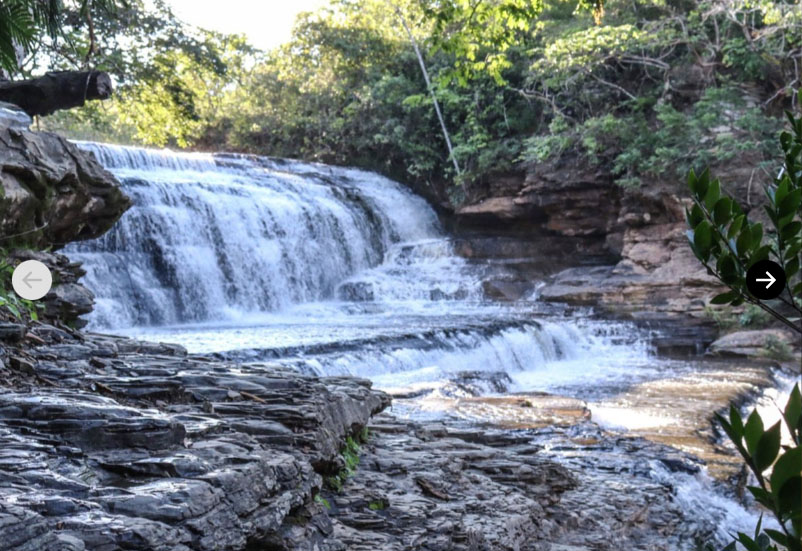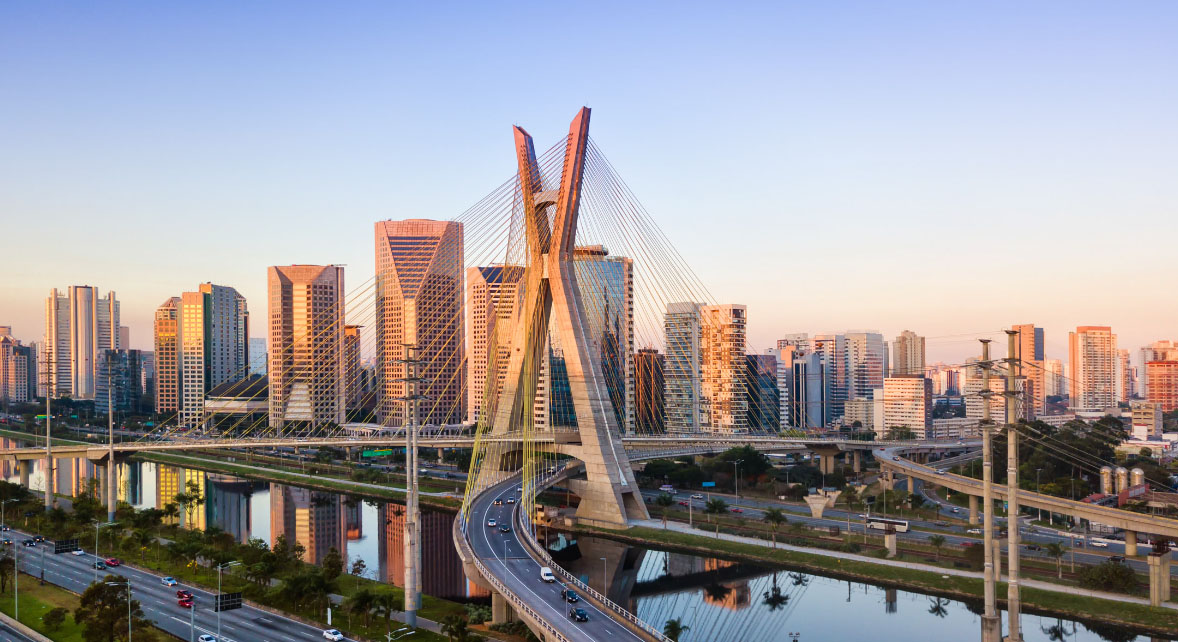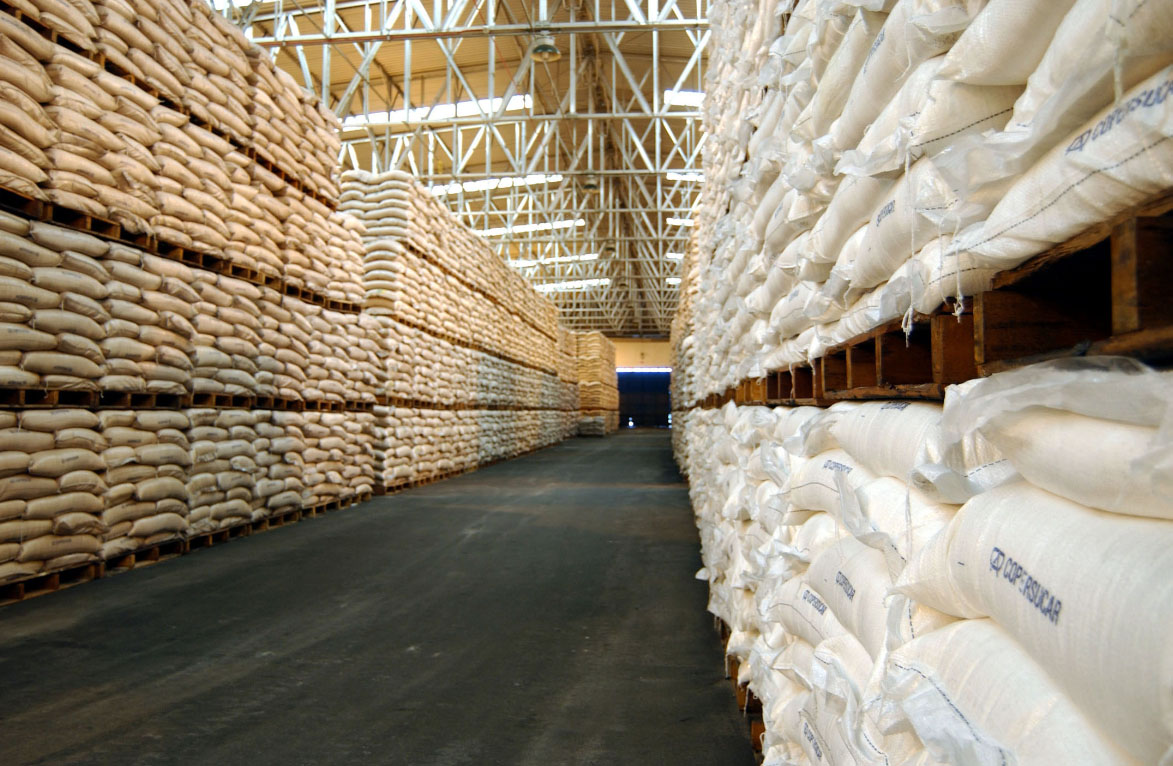When it
comes to sugar production, few countries can rival the scale and efficiency of
Brazil. Known for its vast sugar plantations and thriving sugarcane industry,
Brazil has long been a global leader in sugar production. In this blog post,
we’ll take you on a journey to explore how sugar is produced in Brazil, from
the cultivation of sugarcane to the refined sugar that sweetens our lives.
Sugarcane
Cultivation
The process
of sugar production in Brazil begins with the cultivation of sugarcane.
Sugarcane is a tropical crop that thrives in Brazil’s warm and humid climate,
making it an ideal choice for the country’s agricultural landscape. The
sugarcane fields stretch for miles across the Brazilian countryside, creating a
stunning landscape that is both beautiful and productive.
The
planting of sugarcane typically occurs in the rainy season, which provides the
necessary moisture for the crop to grow. Once planted, sugarcane can take
anywhere from 12 to 18 months to mature, depending on the variety and local
climate conditions.
Harvesting
Harvesting
sugarcane is a labor-intensive process that involves cutting down the mature
cane stalks. In Brazil, this is often done manually or with the help of
machines specially designed for sugarcane harvesting. The harvested cane is
then transported to nearby sugar mills for processing.
Sugar
Milling
At the
sugar mills, the sugarcane undergoes a series of processes to extract the
sugar. The first step is crushing, where the cane is pressed to extract the
juice. This juice contains a mixture of water, sucrose, and impurities.
Next, the
juice is heated and clarified to remove impurities, resulting in a clear
sugarcane juice. This juice is then boiled to evaporate the water, leaving
behind a concentrated syrup known as “raw sugar.”
Sugar
Refining
Raw sugar
still contains some impurities, so it undergoes further processing to become
the white, granulated sugar we are familiar with. This refining process
involves crystallization, filtration, and centrifugation to separate the sugar
crystals from the remaining molasses. The sugar crystals are then washed,
dried, and sieved to produce the final refined sugar product.
Packaging
and Distribution
Once the
sugar is refined and dried, it is ready for packaging. Brazil produces sugar in
various forms, including granulated sugar, powdered sugar, and brown sugar.
These products are packaged in bags, boxes, or bulk containers, depending on
their intended use and market.
Brazil is
one of the world’s leading sugar exporters, so a significant portion of its
sugar production is destined for international markets. The country’s strategic
location and efficient transportation infrastructure make it a key player in
the global sugar trade.
Conclusion
Sugar
production in Brazil is a fascinating journey that begins with the cultivation
of sugarcane and ends with the sweet, granulated sugar found in kitchens
worldwide. The country’s tropical climate, extensive sugarcane fields, and
advanced processing techniques have made it a powerhouse in the sugar industry.
As Brazil continues to play a vital role in meeting the world’s sweet tooth, it
remains a prime example of how agriculture and industry can come together to
create a delicious and essential product.

